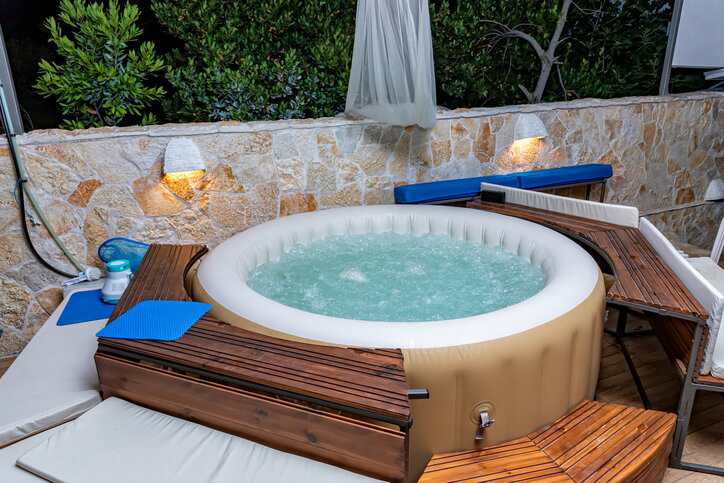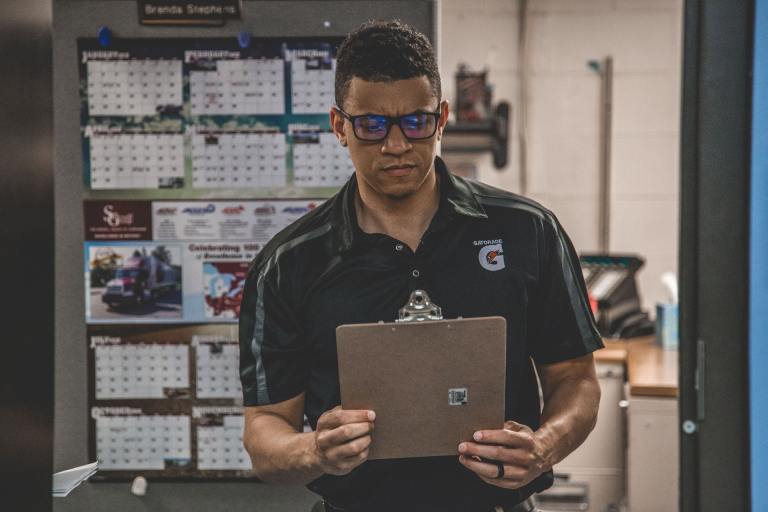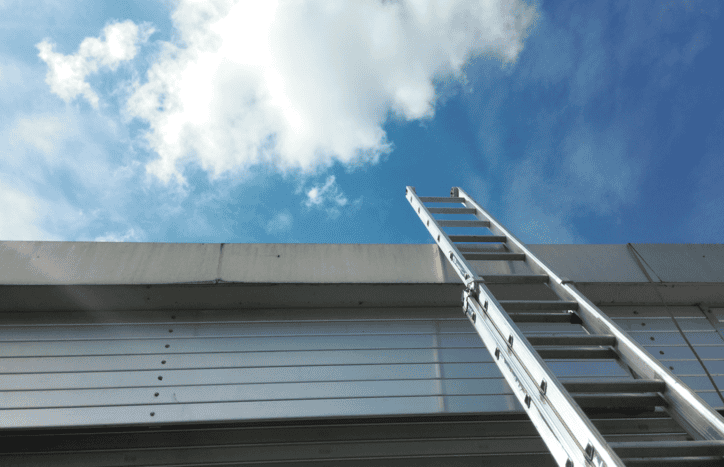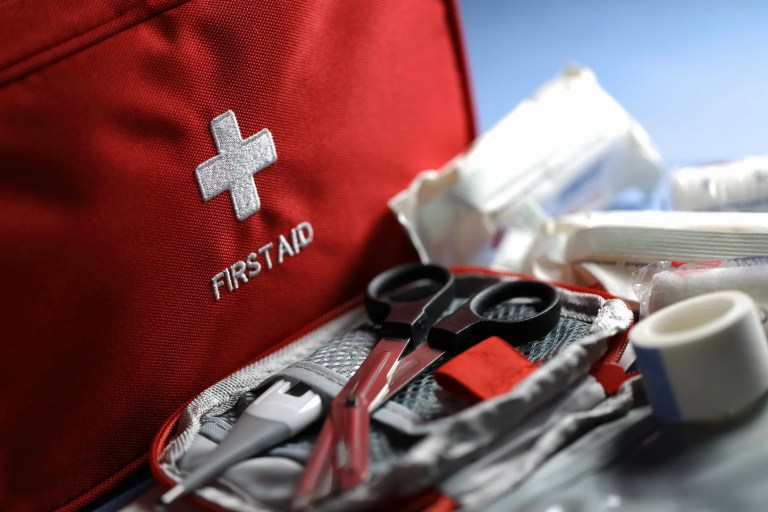NSF P181-4: Residential Portable Electrical Spas

The word “spa” is thought to originate from the Belgian village of Spa. During Roman times, the village became well-known for its warm mineral springs, which were believed to have healing powers. Roman soldiers would stop to rest their aching muscles and tend to wounds suffered in battle. Now, spas are more commonplace and even accessible in one’s home. NSF P181-4: Residential Portable Electrical Spas covers requirements for portable electrical spas used in residential settings.
What Is NSF P181-4?
NSF P181-4 establishes health and performance requirements for portable electrical spas that are intended for use and operation by an individual homeowner in a residential setting. It defines a “portable spa” as a spa in which all controls, water heating and circulation equipment is an integral part of the product. This Protocol establishes requirements for the materials, design and construction, and performance of spa components—including those involved in the circulation, filtration, heating, and sanitation of spa water.
NSF P181-4 is based predominantly on requirements from the National Spa and Pool Institute’s ANSI/NSPI 6 and NSF/ANSI 50.
NSF P181-4 does not cover public spas, permanently installed residential spas, whirlpool bathtubs, or other spas, such as those operated for medical treatment, physical therapy, or other purposes. This Protocol also does not establish requirements for the installation of spas or spa components.
Ancient Origins of Spas
The roots of modern spas can be traced back to ancient civilizations like the Greeks and Romans, who recognized the therapeutic benefits of bathing in natural springs. These civilizations built public bathhouses for hygiene, relaxation, and even medical treatments. For example, evidence for this practice is provided by archaeology through the remains of public baths, such as at Olympia. The Greek baths at Olympia are situated near the bank of the Kladeos River at the western end of the Olympian sanctuary.
The first individual to advocate spa treatments for medical reasons was Greek physician and philosopher Hippocrates. He advocated for bathing in mineral springs as a way to prevent and treat disease. Influenced by the Greeks, the Romans built thermal baths at natural mineral and hot springs, and as the Roman Empire expanded, spas began springing up all over Europe. The Romans established public baths in areas such as Vichy, France; Bath, England; Baden, Austria; Aquincum, Hungry; and Aachen, Germany.
NSF P181-4 Circulation Requirements of Spas
NSF P181-4 details that spas should have a circulation and filtration system consisting of equipment, such as pumps, piping, return inlets, suction outlets, filters, and other necessary components that provide circulation of water throughout the spa. This Protocol specifies that the circulation system should be capable of the following:
- Circulating the total water volume of the spa through the filtration system at least once every 24-hour period, when not in use.
- Circulating the total water volume of the spa through the filtration system within 30 minutes when operated at the maximum flow rate of the filter in a clean media condition.
NSF P181-4: Residential Portable Electrical Spas is available on the ANSI Webstore.






